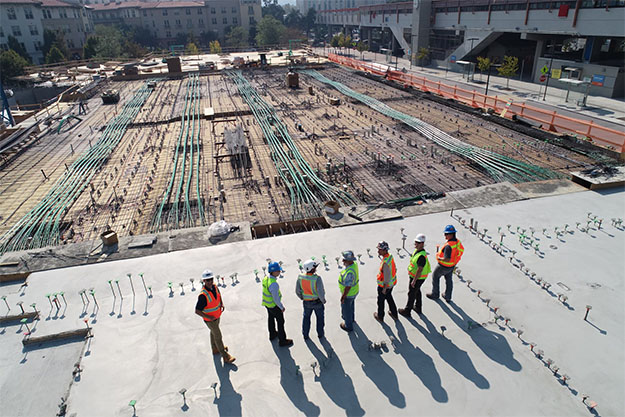Effective communication in the workplace is crucial, especially for construction workers. Proper dissemination of information is the key to building strong relationships and getting things done.
Unfortunately, there is an obvious gap in communication between field and office workers today. In construction sites, this kind of disparity can lead to errors with fatal consequences.
Records from the Health and Safety Executive (HSE) show 39 fatal injuries to construction workers from 2020 to 2021. The agency noted fatal injuries to four members of the public during the same period. These numbers highlight the importance of clear and straightforward communication to prevent workplace accidents.
This article underscores tips on bridging the communication gap between office and field workers. With these, contact between the two parties can be direct and seamless.
Adopt a Mobile Approach
Easy mobile access to all systems, plans, and documents is a must if you want to connect the field with the office. This connection allows your field workers to access information in real-time. With mobile access, they can view essential files whether they’re on-site, in their truck, or at home.
It also allows your office staff to access documents from anywhere. Offices usually run outside of nine to five hours. With a mobile approach to workplace contacts, you can share updates that happen as early as 5 am or as late as 9 pm.
When adopting a technology, check if it is mobile-friendly. Some apps are not suitable for easy access on mobile devices.
By choosing software with a mobile version, you are helping both the field and the office connect when needed most.
Implement a BYOD Policy
The increasing importance of mobile contact is making companies consider a bring your own device (BYOD) policy. The rule will set guidelines for your field and office workforce to use their phones for business purposes. Doing so can save companies money while also promoting unified communications.
It also enables construction workers to fill-out forms online. With a digital workspace, the files will be immediately available to management. Companies can also use survey chatbots to share feedback in a matter of minutes.
Standardize Your Technology
Field-specific software does not always work well with project management-specific technology. As a result, communication between field and office employees can get muddled. Sometimes, crucial files can be inaccessible when teams need them the most.
To overcome this challenge, construction companies must adopt a solution that connects field and office management workflows. This can put everyone on the same page regardless of their location.
Additionally, standardized processes and technology are essential for a unified team. If you have no standard applications, workers will run with their preferences. Managers will not have real-time data available to anyone.
This problem can lead to tasks being ten times more complex and tedious.
Remember that standards, no matter how small, can do wonders in keeping a clear communication between field and office staff.
Try User-Friendly Applications
There will always be some workers who may seem apprehensive about adopting new technology. Their decision can come from technologies that are downright infuriating to use.
The best way to encourage employees to adopt new workplace tech is by choosing user-friendly solutions.
For example, construction workers will have no issues using service dispatch software with a simple interface. In contrast, if a solution has complicated installation procedures, it can be discouraging to use.
Aside from looking for user-friendly apps, make sure to provide support and training. Making the adoption of new technology mandatory without proper support can be counter-productive.
Offer a guided transition period to help get the whole team updated with new company apps.
These are only some tips to bridge the communication gap between field and office employees. With these, construction companies can have a unified organization, regardless of the location of the workers.

